The Helwan HA-300 was a remarkable Egyptian fighter project and one of the smallest supersonic fighters ever flown.
Gallery:
Features:
- Armament: 1x GSh-23L 23 mm cannon, 2x R-3S
- Livery: EAF, Bare Metal
- Approximated flight performance
Controls:
- AG 1 and Yaw: Nose Steering
- AG 2: Drogue Chute
- Throttle>95% for Afterburner
- Trim for trim
- VTOL for flaps
Notes:
- Armament is speculative, but I think plausible given the circumstances.
- Happy New Year, and have a good 2025!
Background:
Work on the HA-300 began in Spain in the late 1950s under Hispano Aviacion. The design was the work of none other than Willy Messerschmitt. It was his first supersonic fighter project, and would prove to be his final aircraft design. The initial concept was too advanced for the time, leading to the project’s termination. Egypt, interested in having a modern fighter of its own, took interest in the aircraft and purchased the rights to it. Work continued there at Helwan. In parallel, development began on an afterburning turbojet engine to use with the fighter, known as the E-300. In the meantime, the prototypes would be test flown with the weaker British Orpheus engine. India also provided assistance in the form of test pilots and flew the E-300 engine with their own HF-24 Marut fighter.
The HA-300 was one of the smallest supersonic fighters ever designed and flown, possessing a wingspan of 19 ft and a gross weight of just 12,000 lb. It was a single-seat, single-engine design with a mid-mounted delta wing. Stabilators provided pitch control and a single vertical tail housed the rudder. The prototypes were unarmed, but likely armament for the production version would have been cannons and short range missiles.
Although the prototype aircraft flew several times with the Orpheus engine, they would never fly with the E-300. Indian support waned, and was eventually withdrawn entirely. Faced with the prospect of developing the fighter and engine alone, still rebuilding their air force in the aftermath of the Six-Day War, and amidst strengthening ties with the Soviet Union, Egypt chose to cancel the program in 1969. All three prototype aircraft survive today and are on display in museums in Egypt and Germany.
Specifications
Spotlights
- Trainzo 3 months ago
- ChiChiWerx 3 months ago
- SyntheticL 3 months ago
- RicardoACE 3 months ago
- ChihiroFujisaki 3 months ago
- MrCOPTY 3 months ago
- Christiant2 3 months ago
General Characteristics
- Created On Windows
- Wingspan 18.8ft (5.7m)
- Length 42.9ft (13.1m)
- Height 12.7ft (3.9m)
- Empty Weight 5,881lbs (2,668kg)
- Loaded Weight 8,562lbs (3,883kg)
Performance
- Power/Weight Ratio 4.724
- Wing Loading 45.3lbs/ft2 (221.3kg/m2)
- Wing Area 188.9ft2 (17.5m2)
- Drag Points 3016
Parts
- Number of Parts 384
- Control Surfaces 5
- Performance Cost 1,570

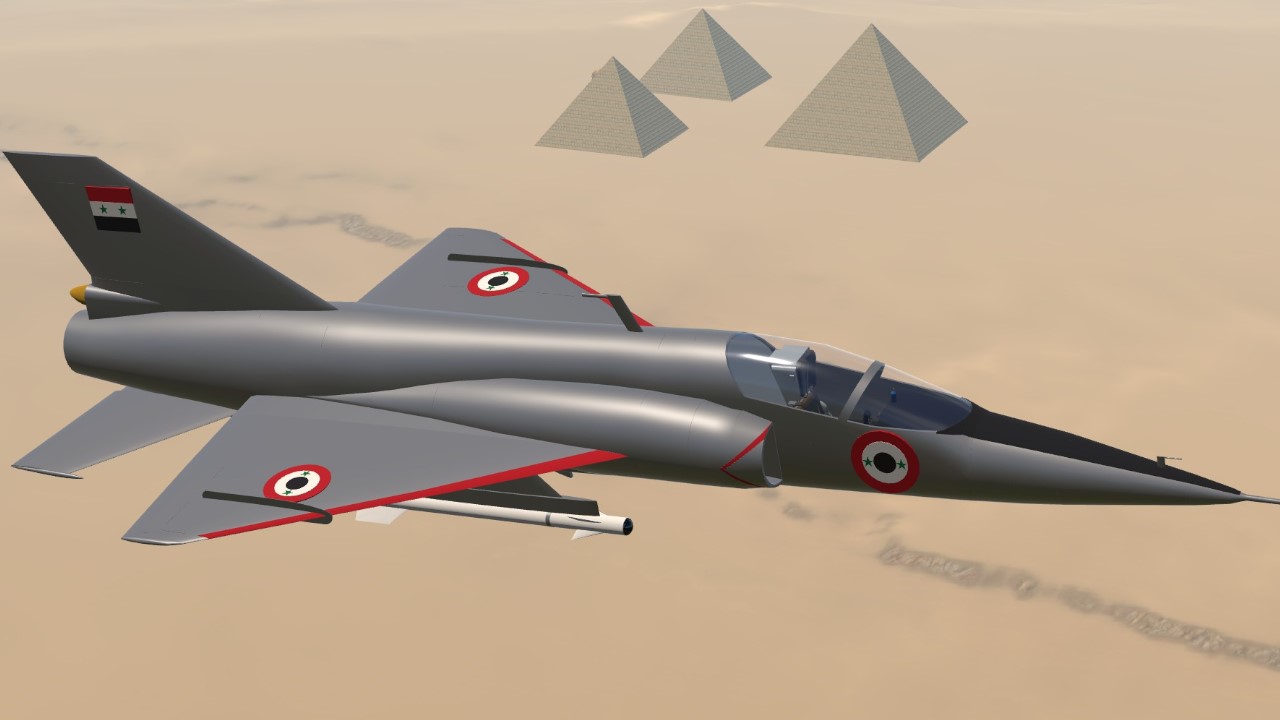
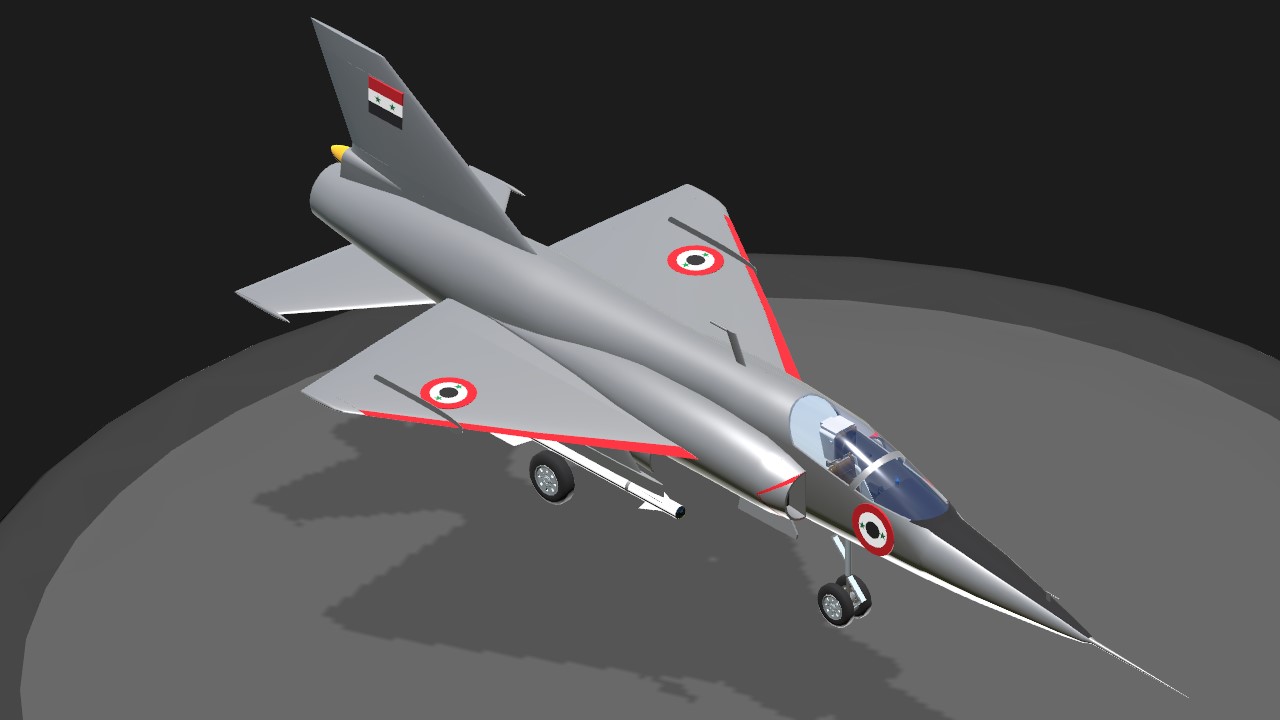
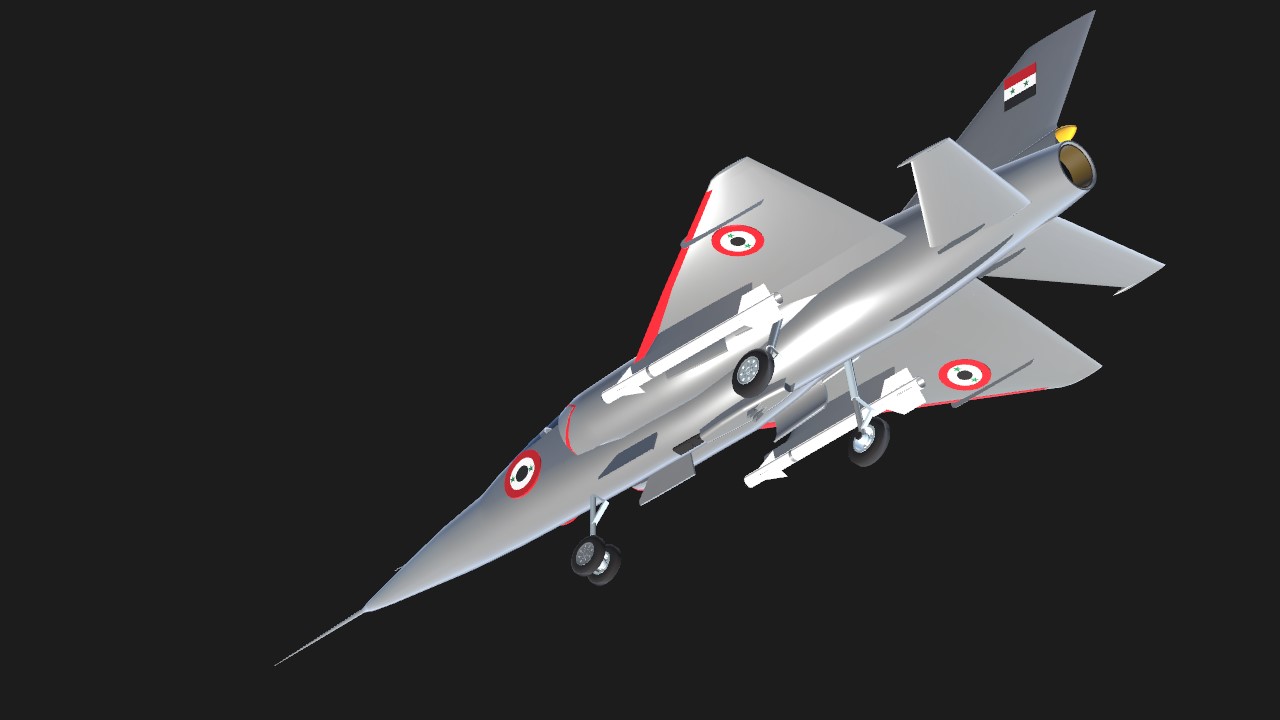



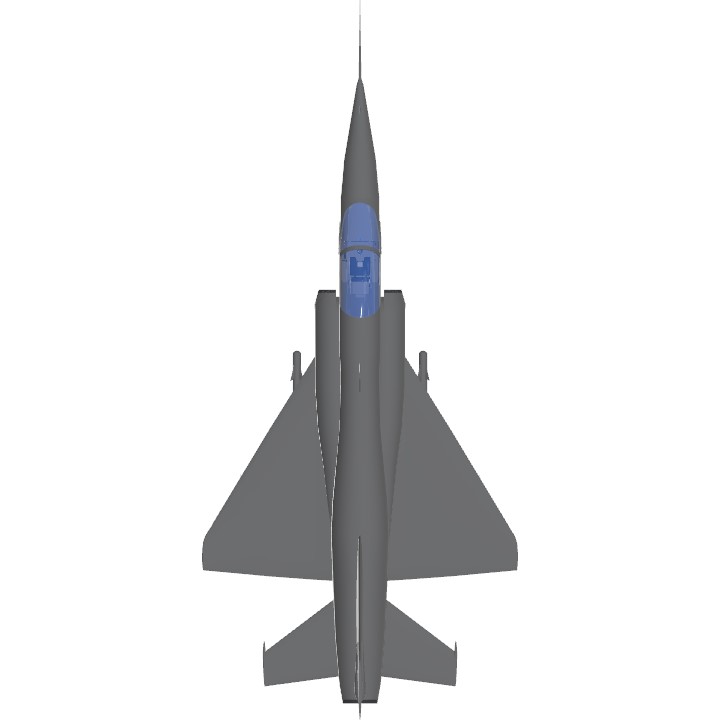
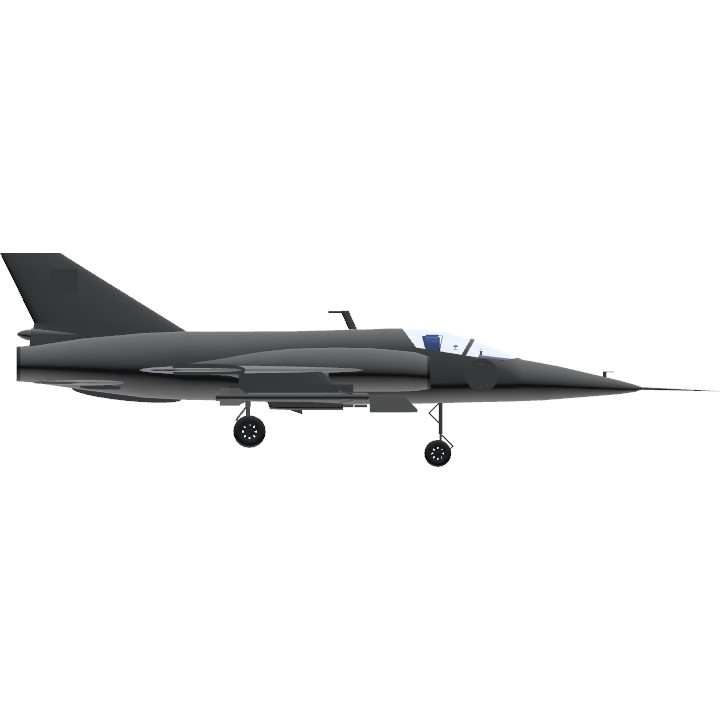
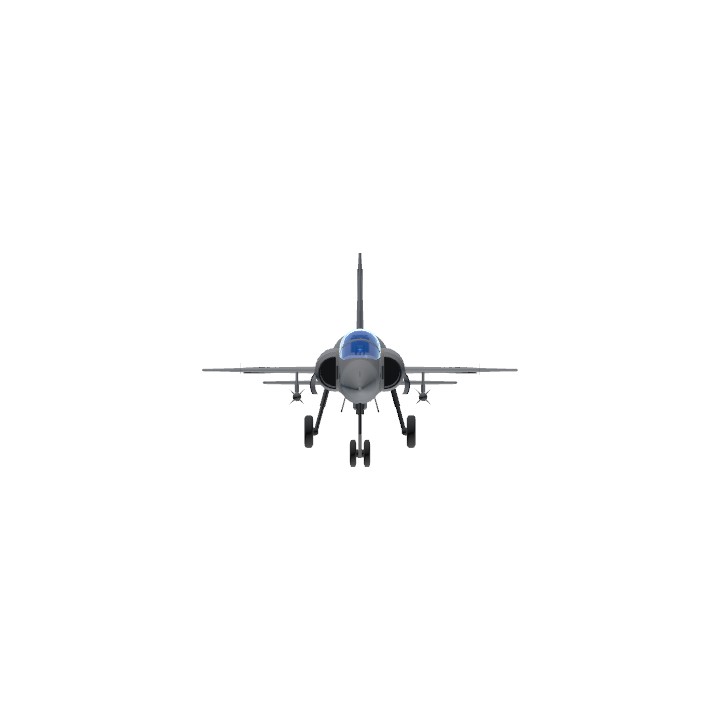
goated rare plane
@Eagleman101SP I was a bit late since I was busy with my real life stuff. But will post them this weekend
Bro, your back!
@WinsWings Hey win!
just wanted to know when the 2024 challenge winners will be published
I am pleased to see a fascinating selection of aircraft this week, especially when people go deeper to discover some rare and lesser-known aircraft.
Interesting build, probably the first HA-300 on site. Closer to RL than many or most builds here, though it does have a few hyperactive characteristics which you’ve embedded as a consequence of your design approach. 1. Acceleration is unrealistically quick, but only because you were trying to make it as fast as it was IRL. Next time, though, I’d recommend further reducing the drag to about 1,000 points. That way, you can keep the engine powe closer to RL. Here you’re using a very big engine for your AB to achieve RL performance numbers but impacting crazy fast acceleration. Try lowering the drag, using a bigger engine for dry power and a smaller engine for AB. Also, putting that drag on the wheels does nothing to reduce drag when the gear retracts…SP doesn’t work as it does IRL, the game engine still “sees” the drag even if embedded inside the build. Instead for flap and gear drag, use a hidden speedbrake that extends when lowering the gear or flaps. 2. Maneuverability is a bit too good, I’d reduce the control throw to fix that. You can also (on PC) call up the parameters your build is flying during testing, including the G it’s pulling by typing “debugExpression VerticalG” in the dev console. IRL, anything more than 9 G will lead to a pilot blackout. While jets are capable of pulling more G in certain flight regimes, they’re typically not stressed to handle much more than what the pilot can stand, plus an overshoot/safety factor.
But this is a pretty good build, I like it and it’s an original build I’ve not seen here before.
Great jet . I love it .
Very interesting .
Nice! :)